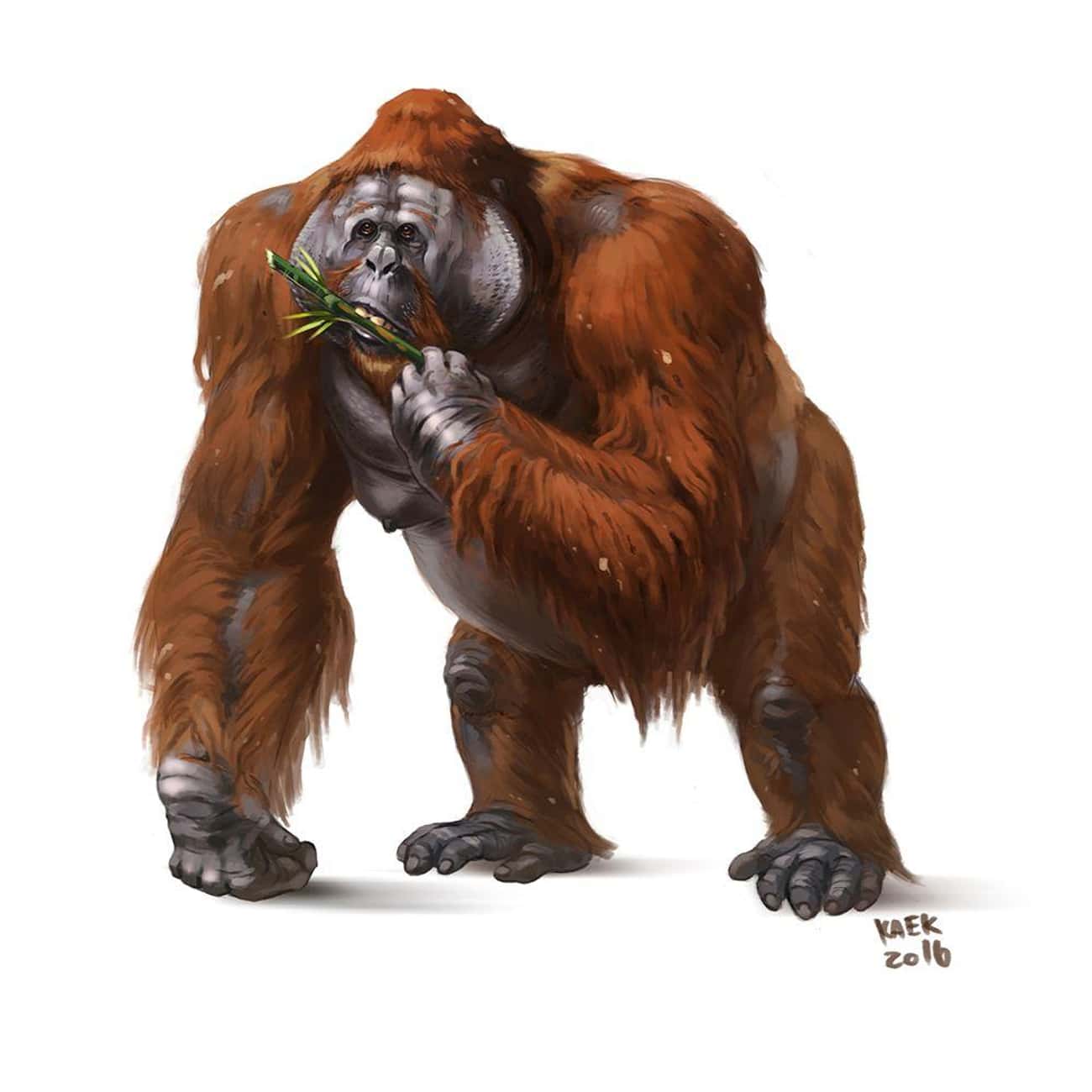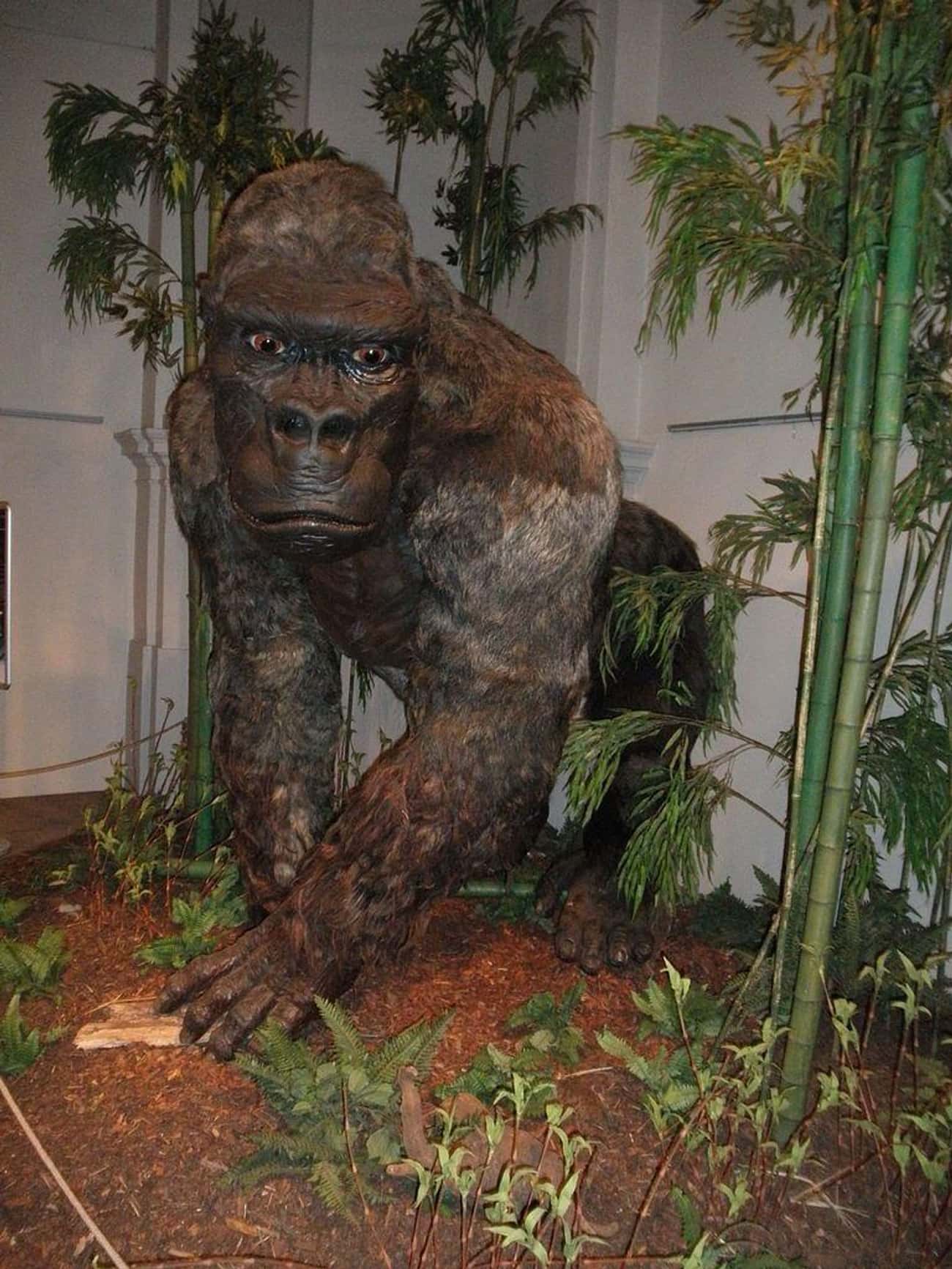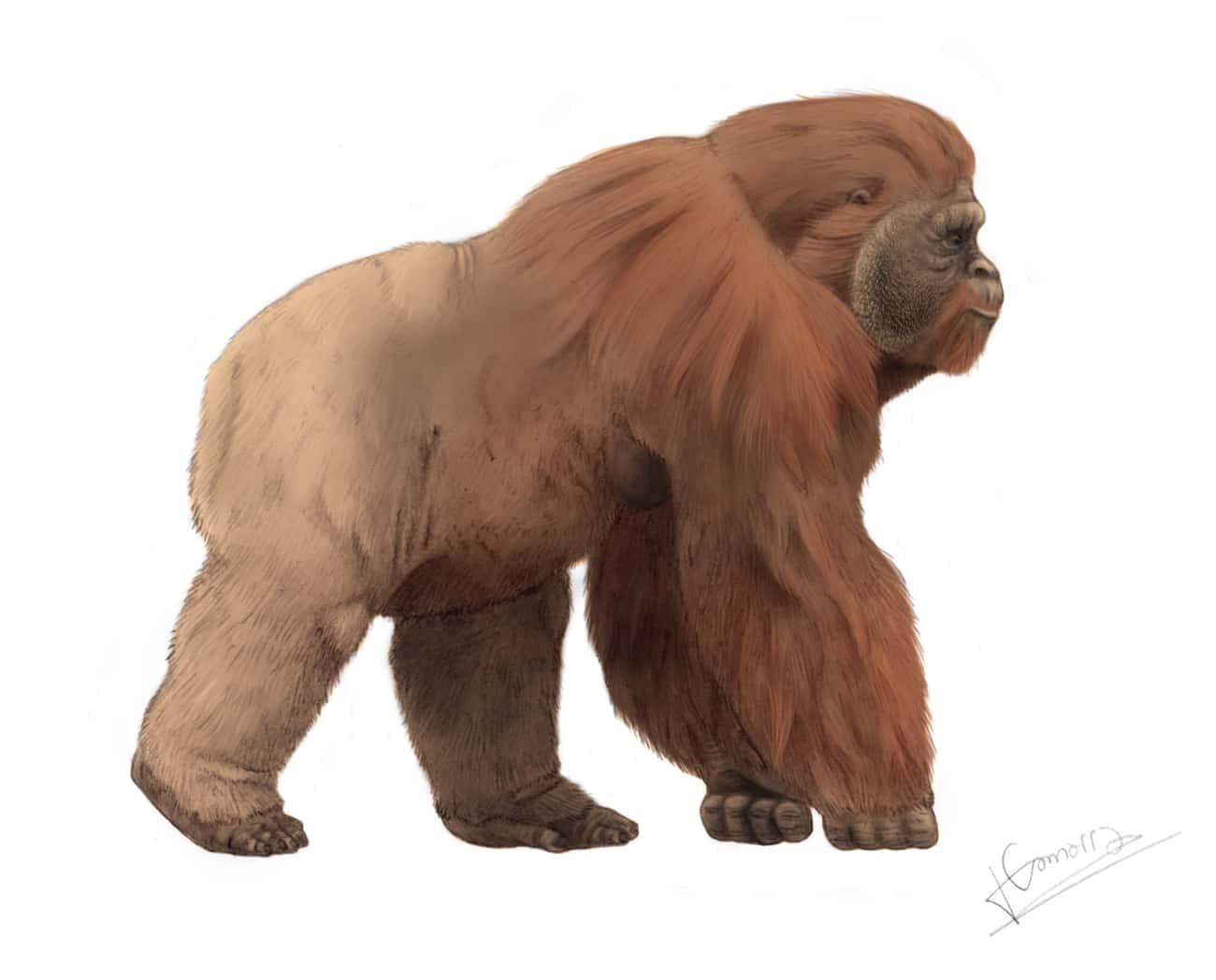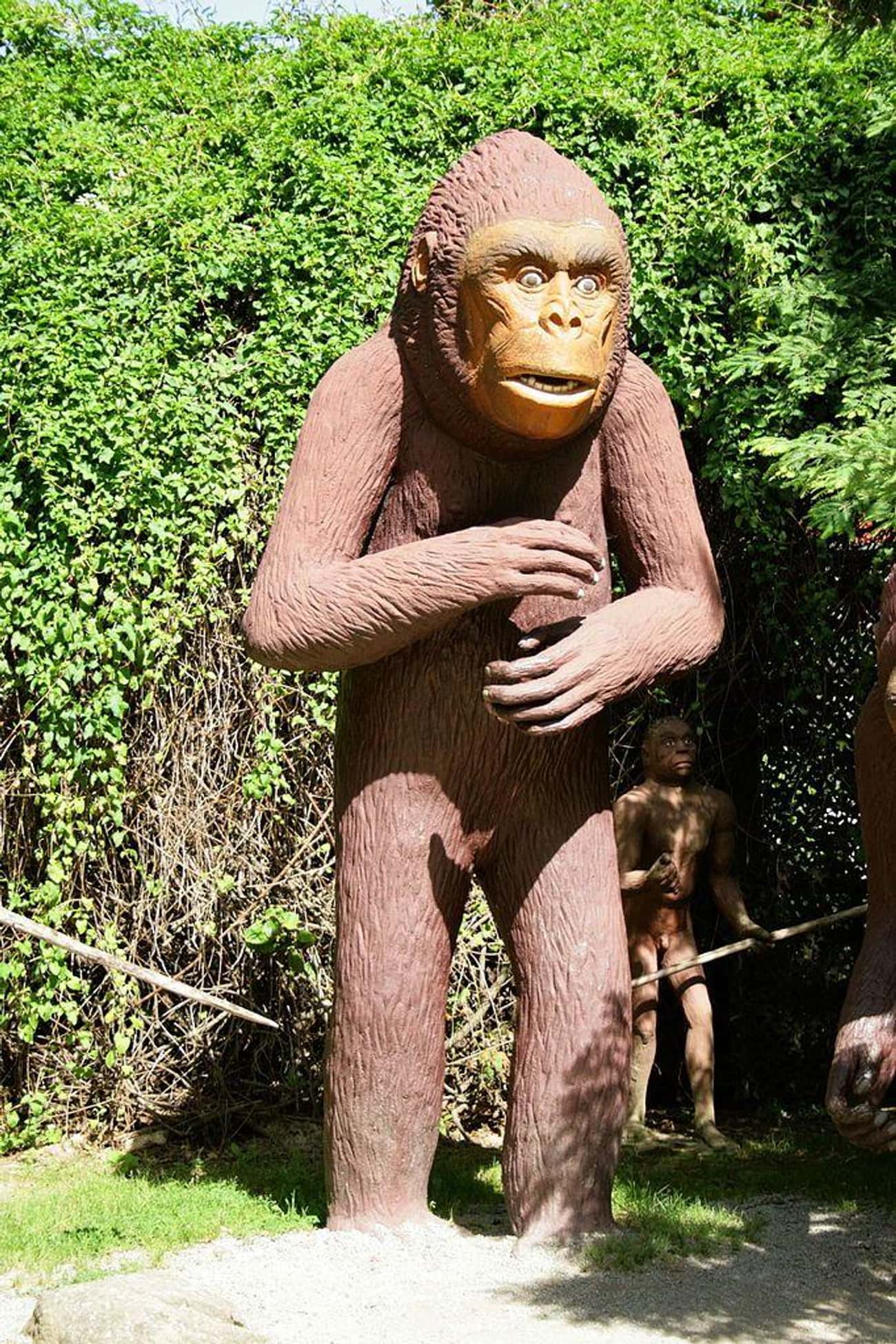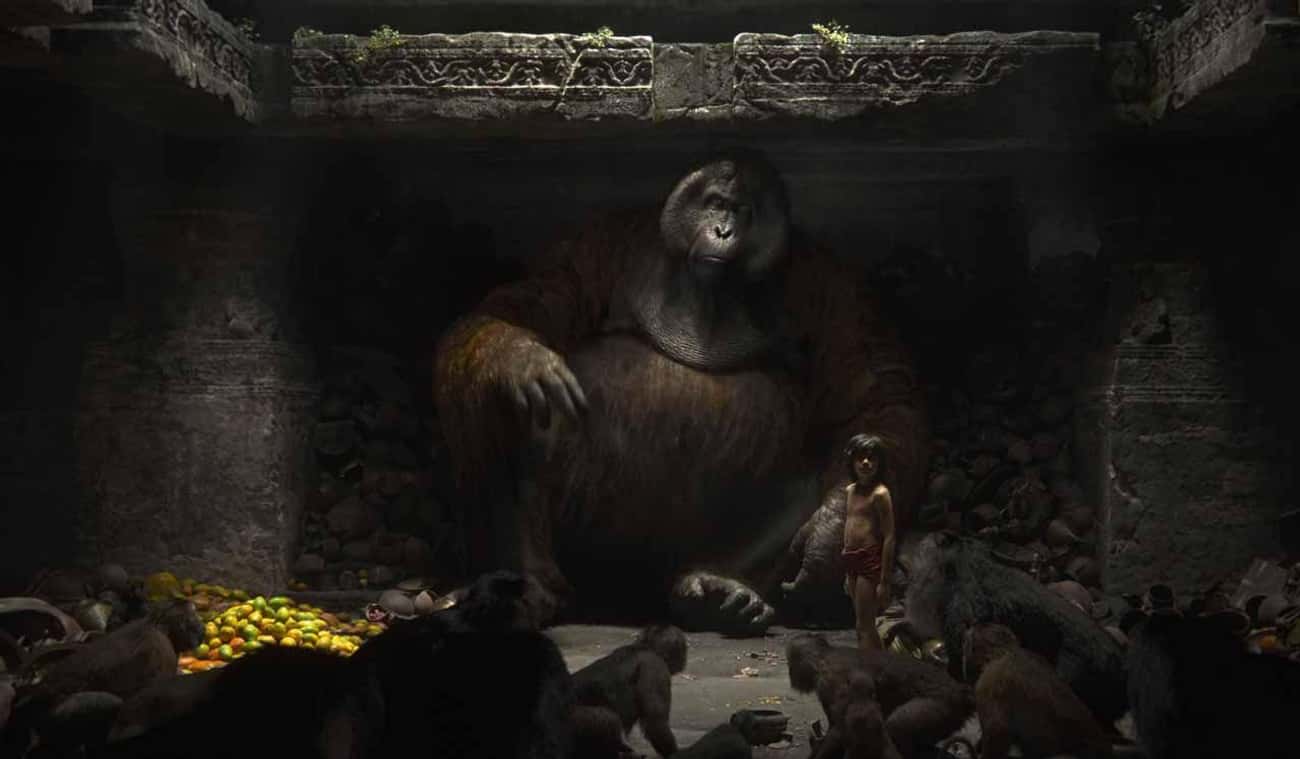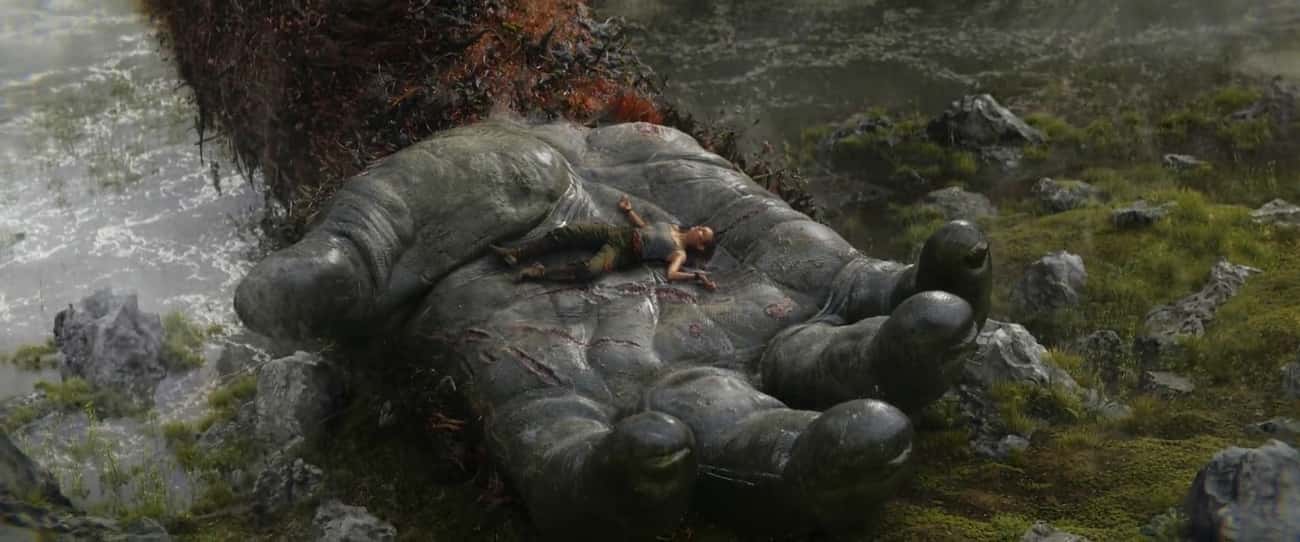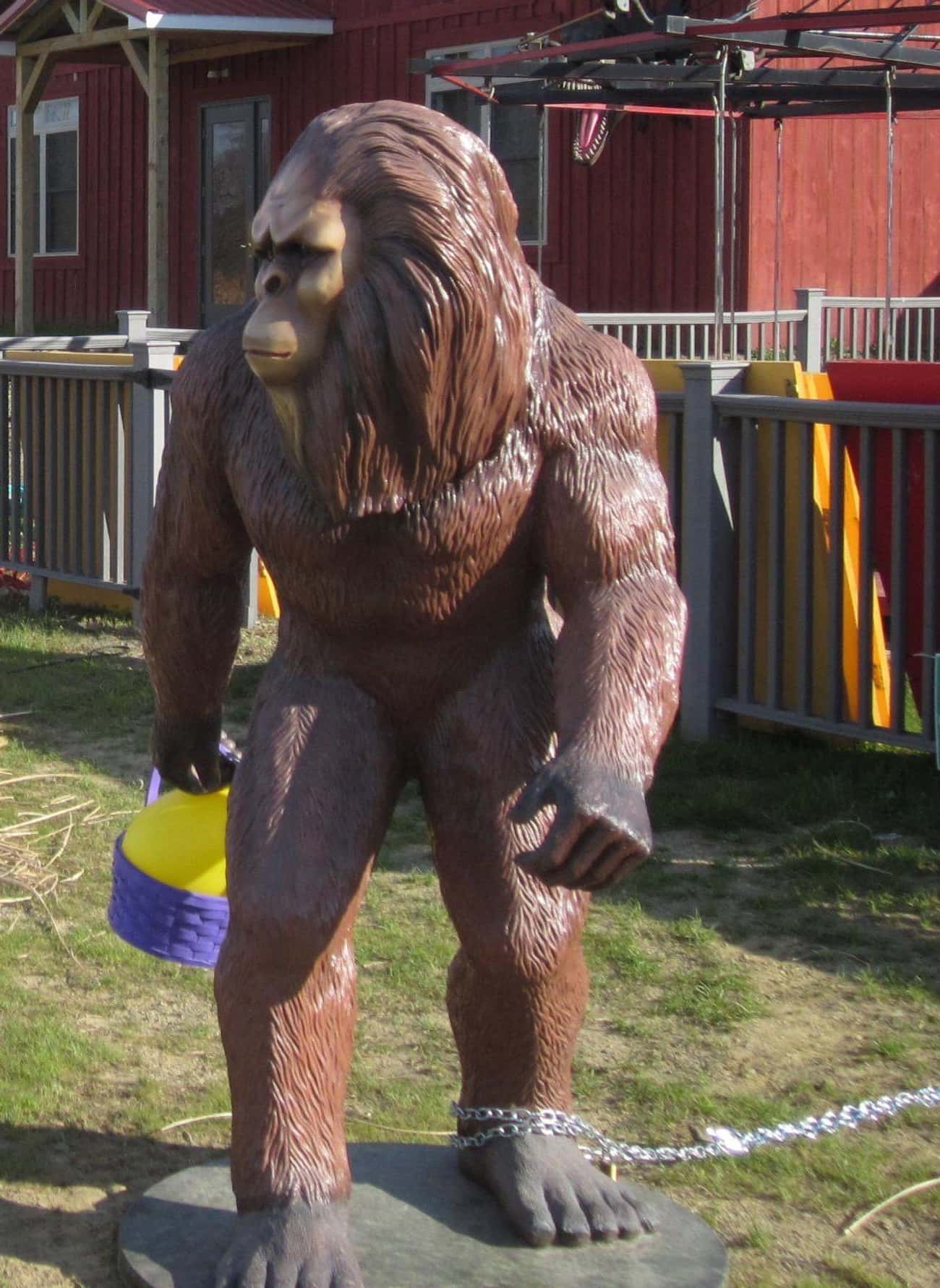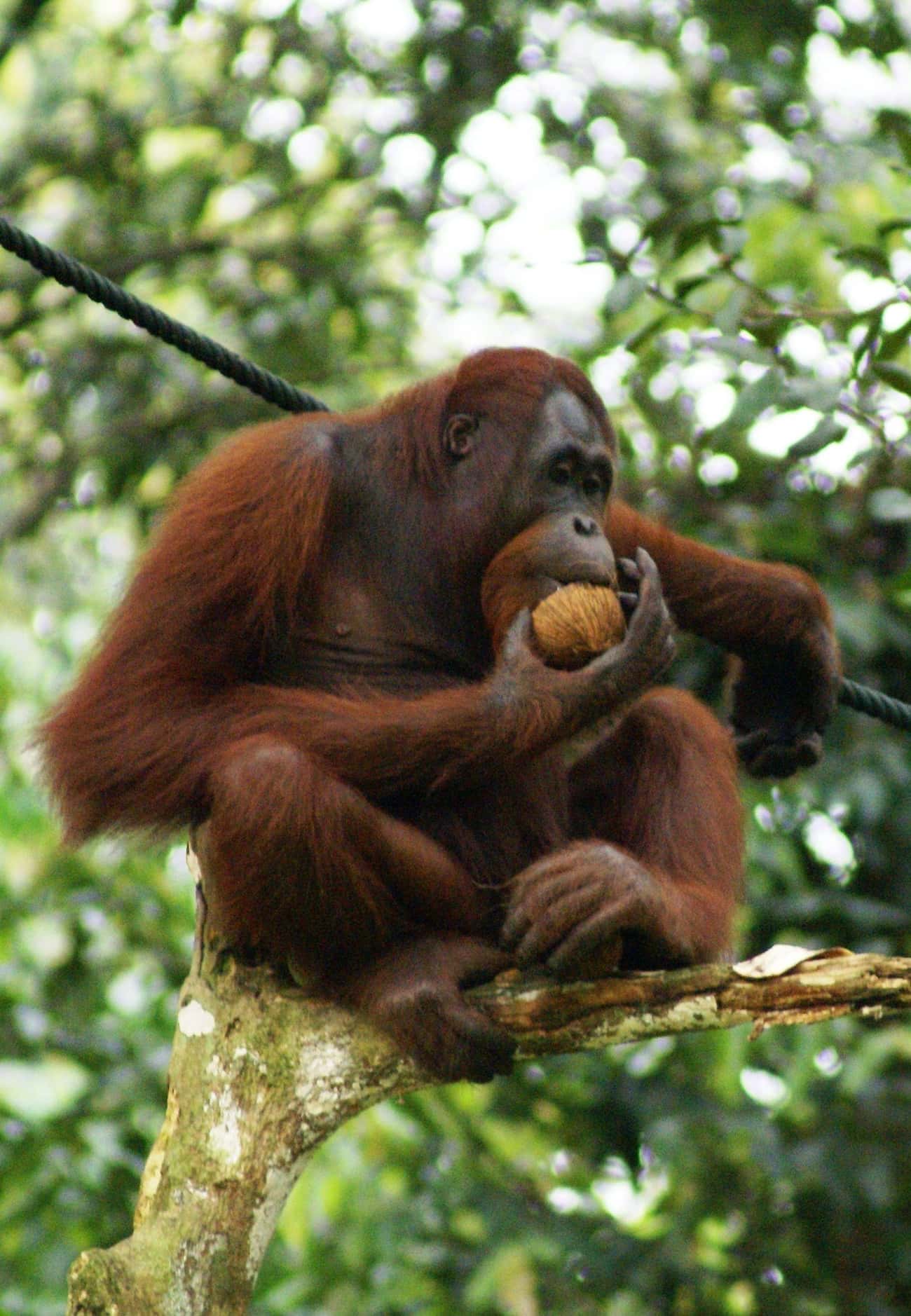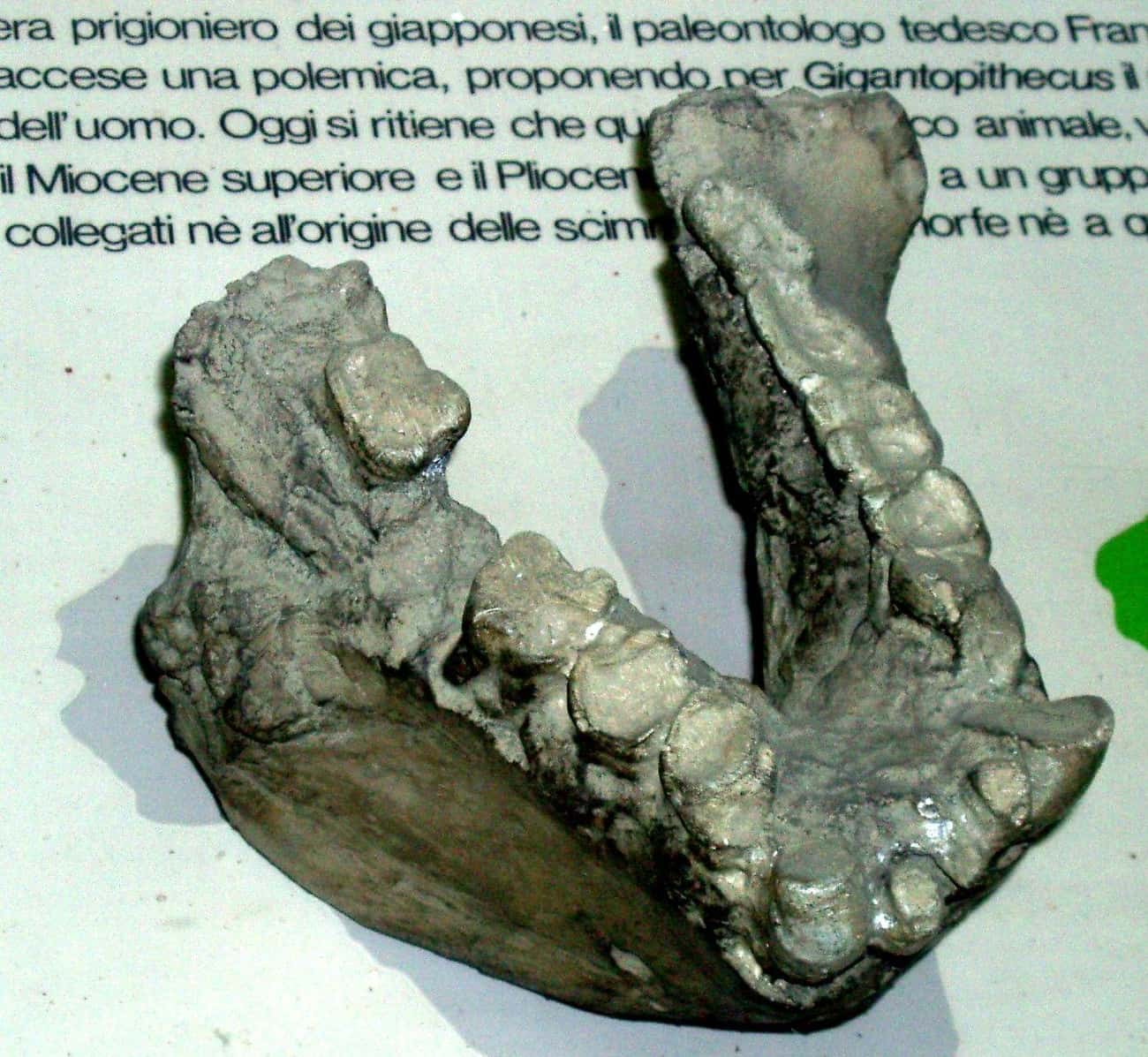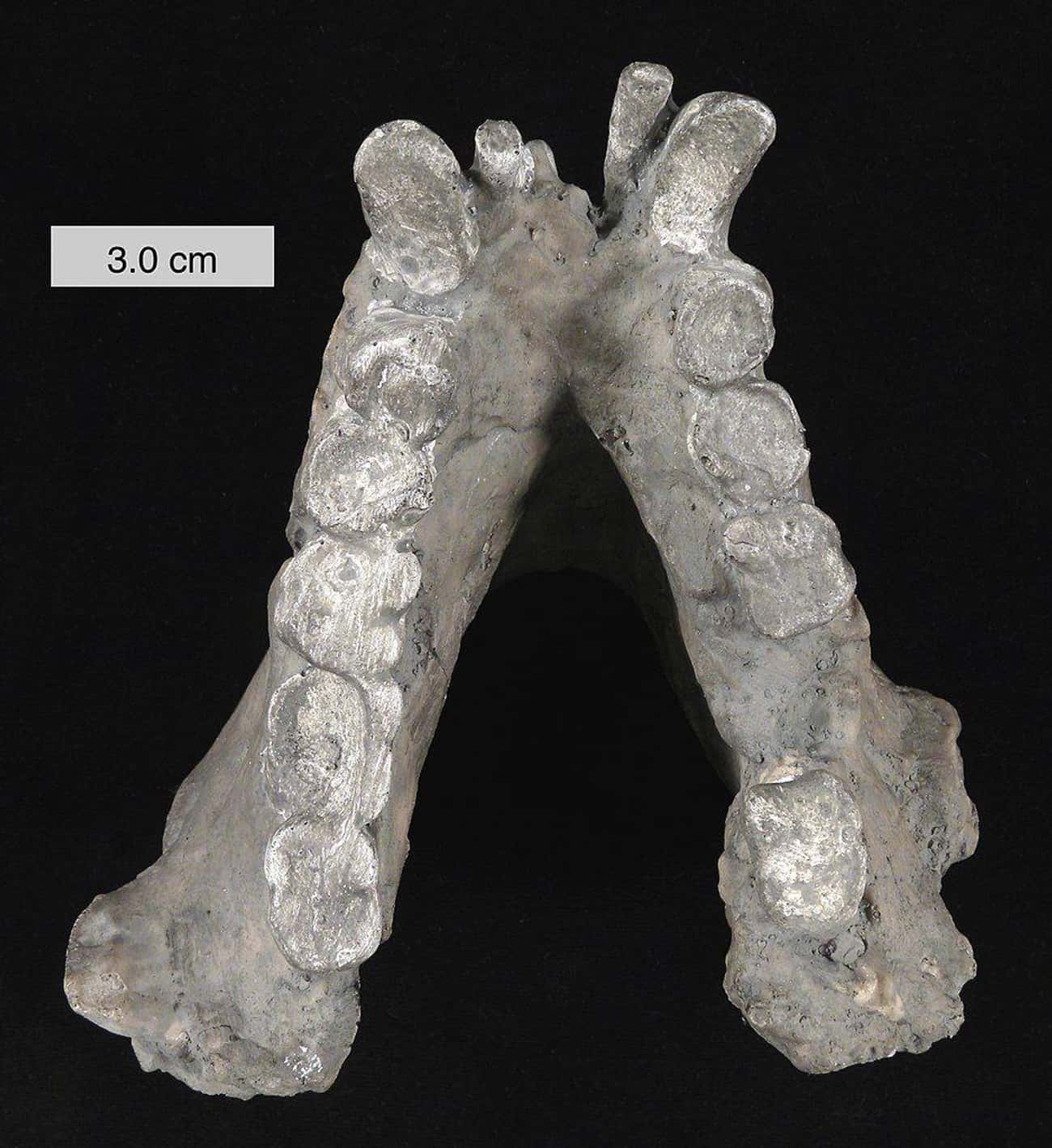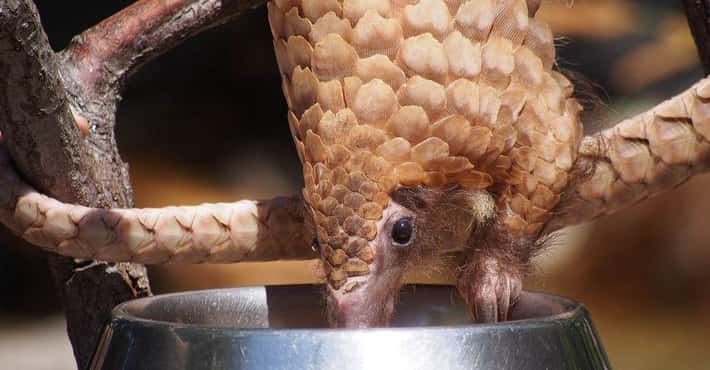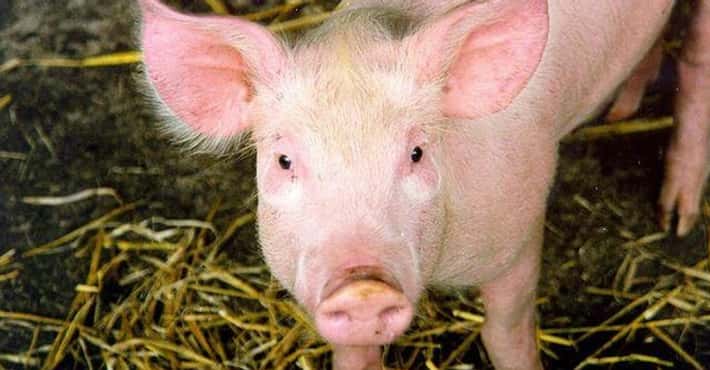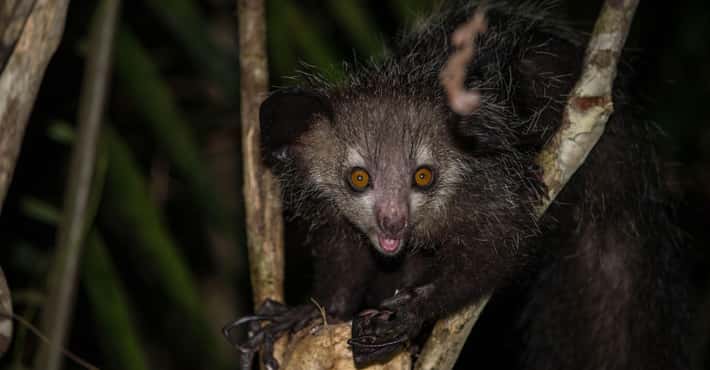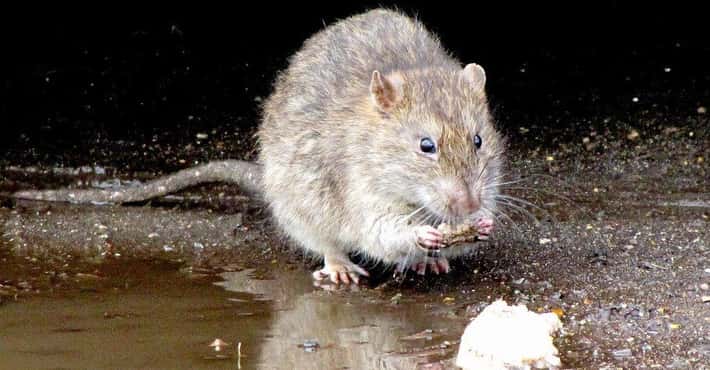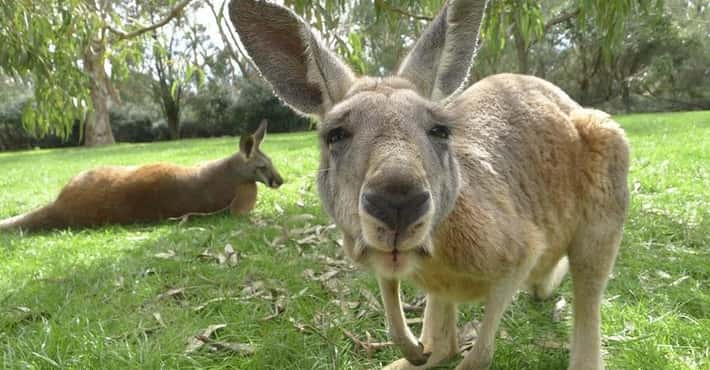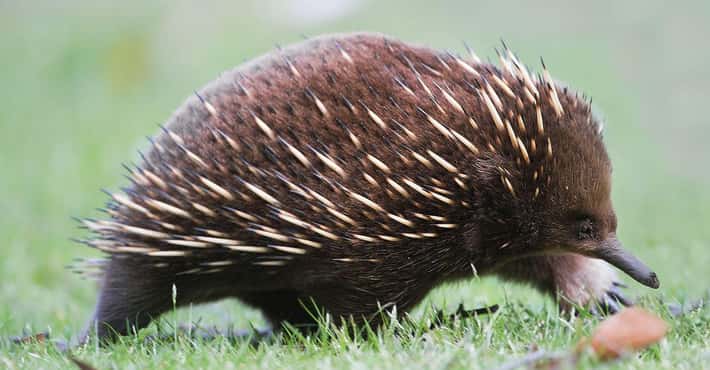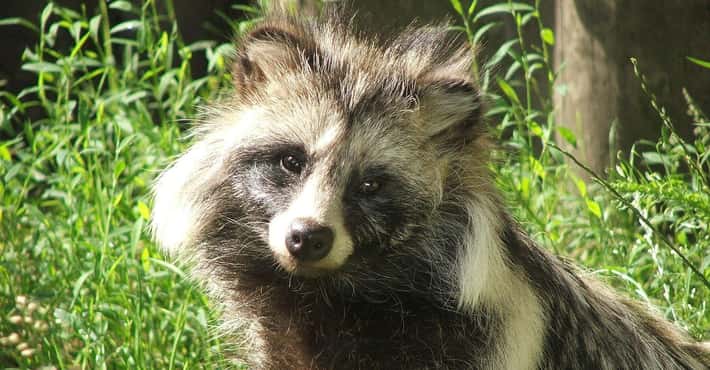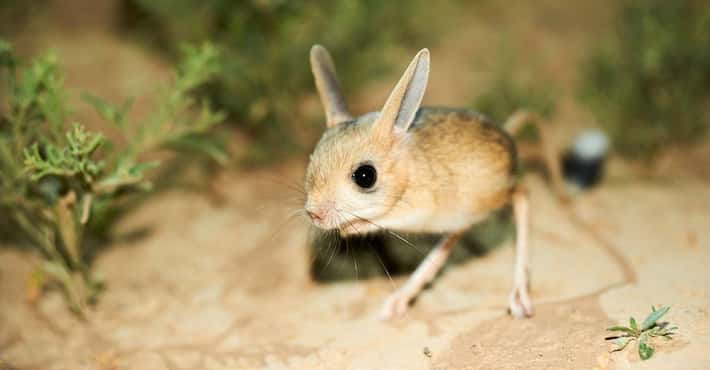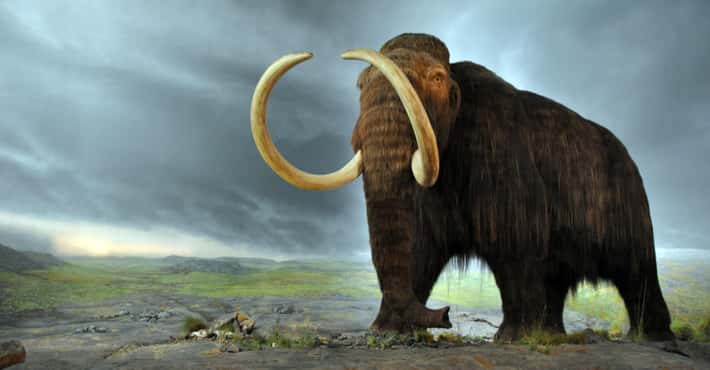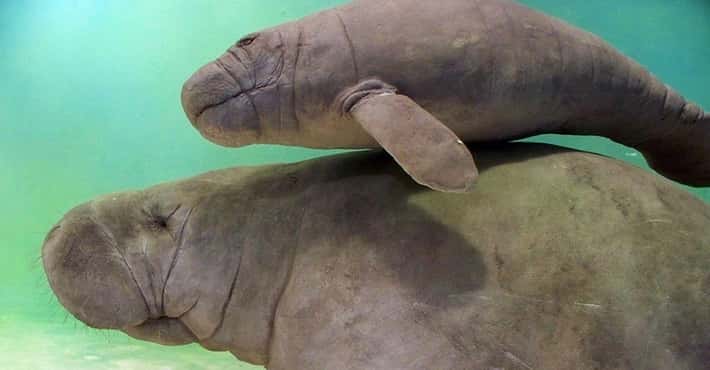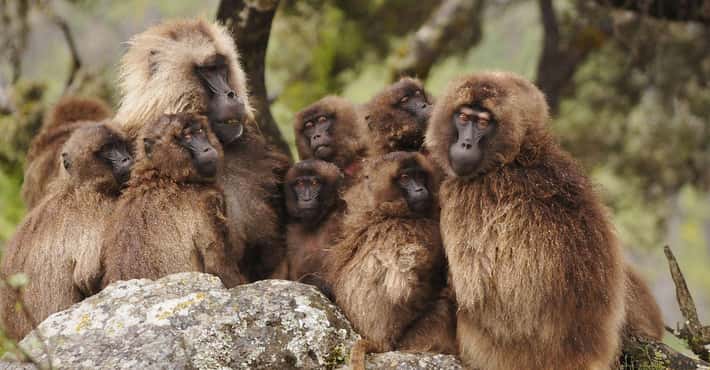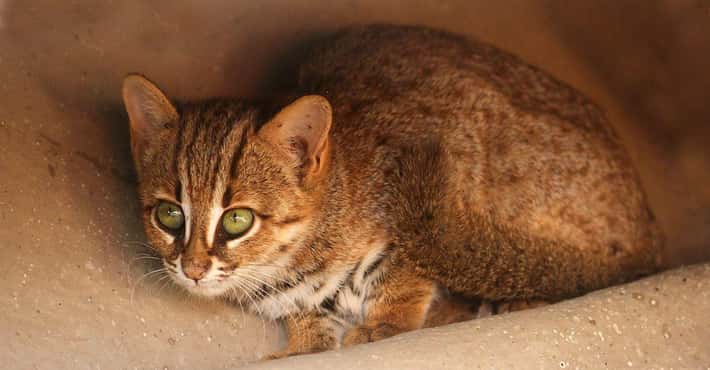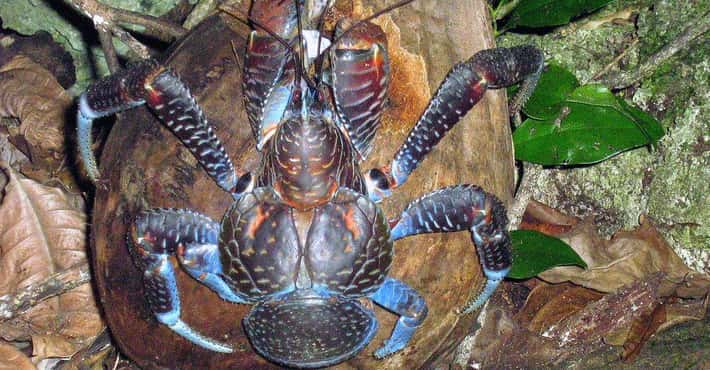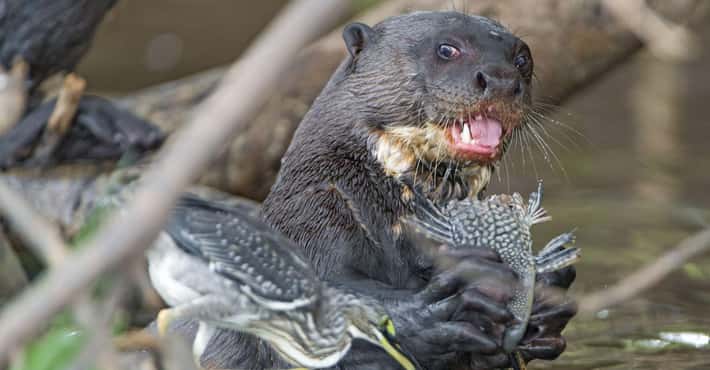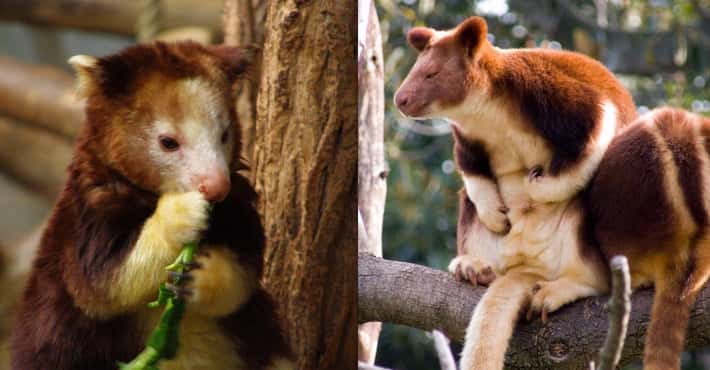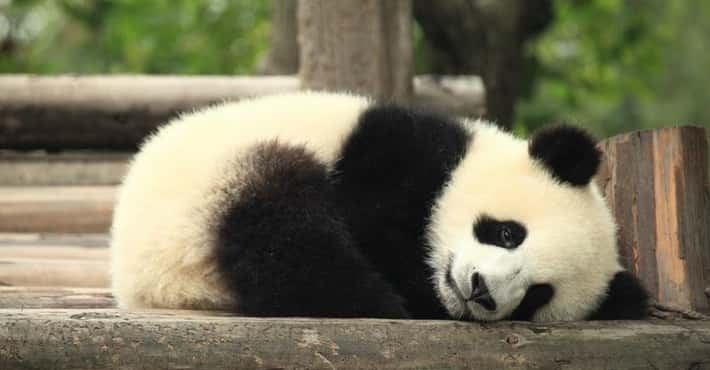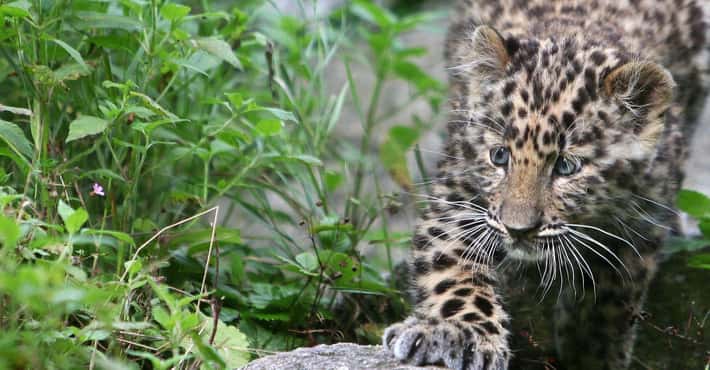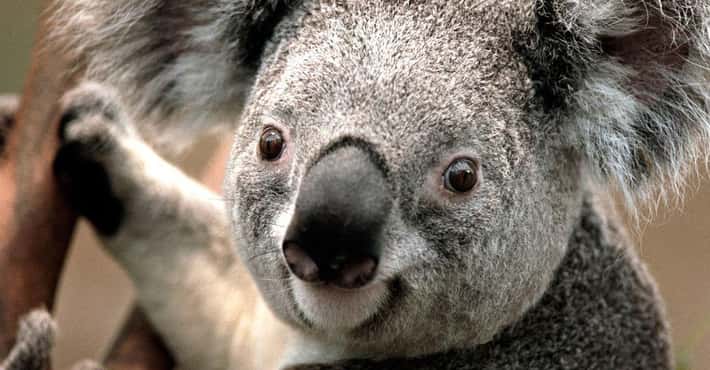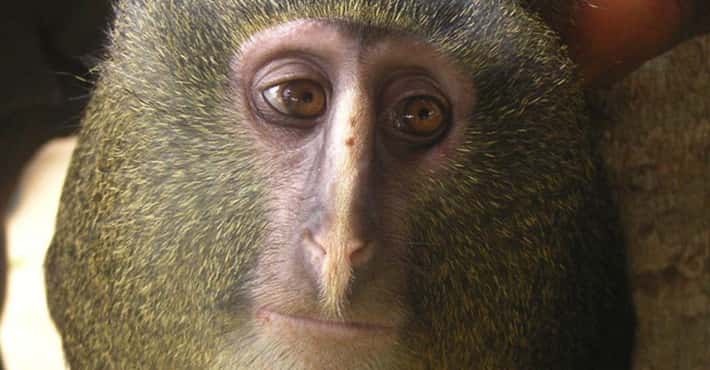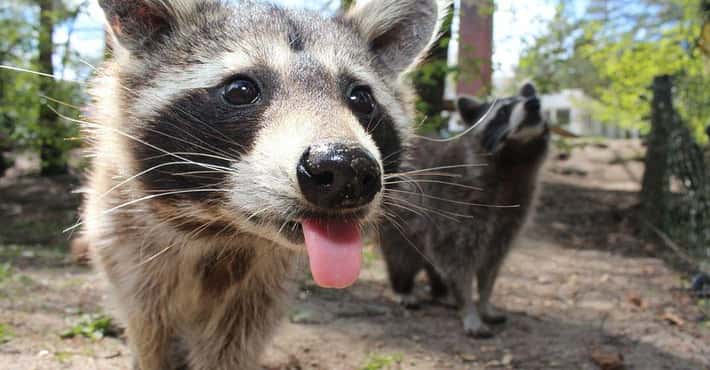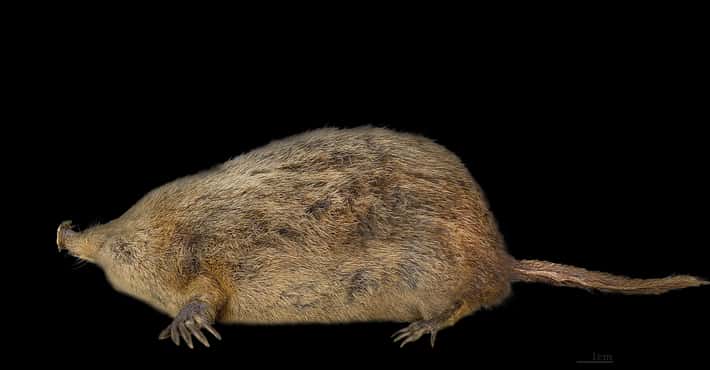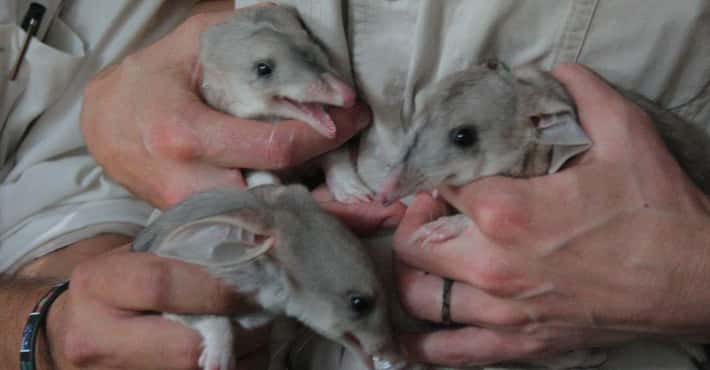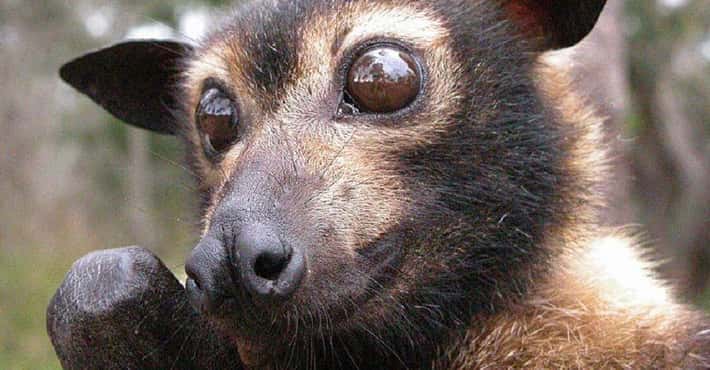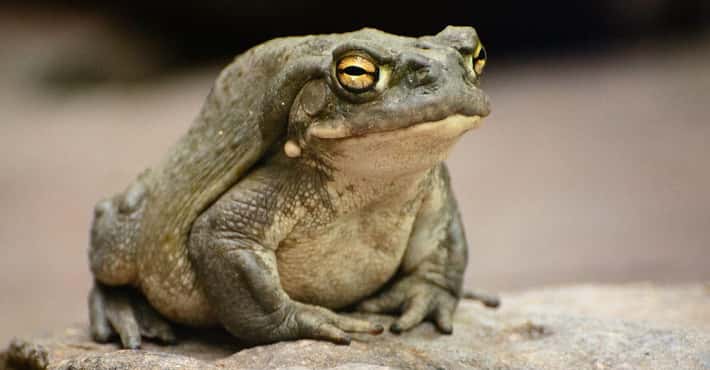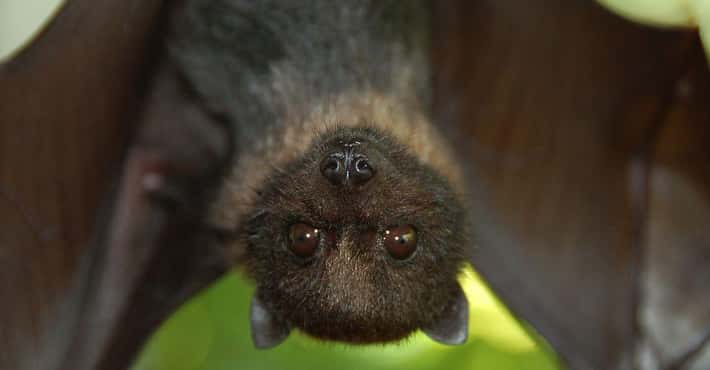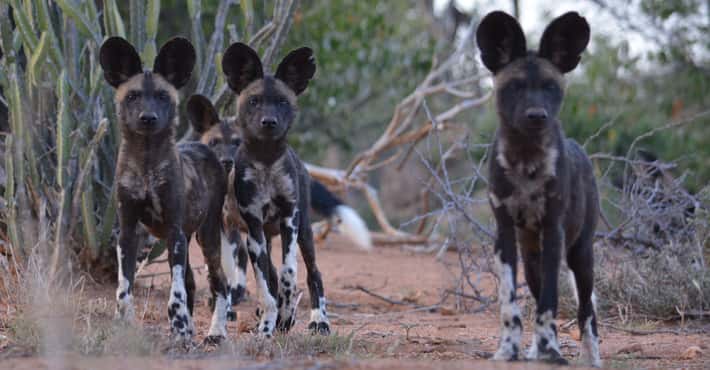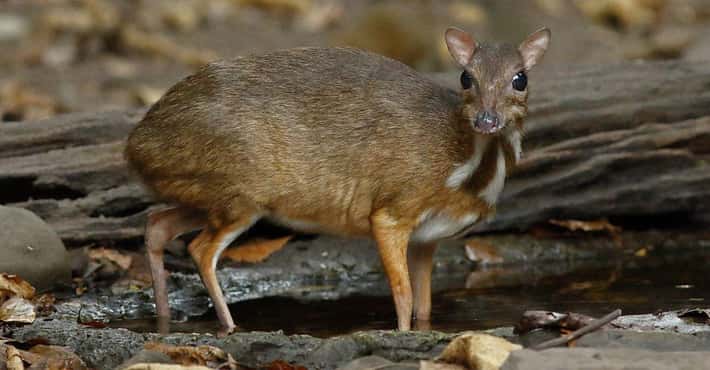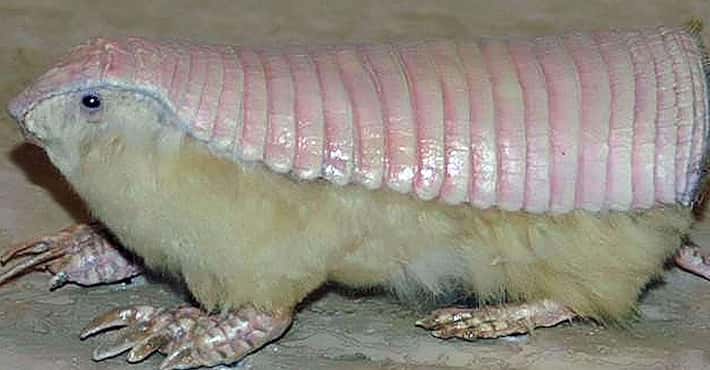Meet Gigantopithecus, A 10-Foot Mega-Ape Doomed By Its Own Coolness
- Photo: Discott / Wikimedia Commons / CC BY-SA 3.0
It Was By Far The Largest Ape We Know Of
Today, the average weight of an orangutan is 110-220 lbs. It can grow as tall as 4.5 feet. This has allowed the orangutan to compete in the jungle for thousands of years, fending off attacks from similar-sized predators and eating enough to stay alive.
G. blacki dwarfs modern orangutans, just as it totally eclipses the eastern lowland gorilla, the current title holder for largest primate (at an average of 450 pounds of body weight). G. blacki was a stunning 10 feet tall and weighed as much as 1,100 pounds.
- Photo: Kaekart / Wikimedia Commons / CC BY-SA 4.0
Its Enormous Size May Have Been The Reason For Its Extinction
There's no doubt the G. blacki would have been a formidable opponent, likely capable of challenging even the giant cats of its era. However, size and strength alone don't guarantee survival, and the thing that made G. blacki so formidable may have been the thing that doomed it to extinction.
As creatures grow larger, their nutritional needs grow as well. G. blacki was a herbivore and relied on the forests to provide enough calories to survive. For a while, there was enough fruit and food to feed such a creature, but during the Pleistocene Era, forests began to be converted to grasslands. This left it scrounging for food in a new, unfamiliar climate, one that didn't provide the calories it needed to feed itself.
- Photo: Michael Manas / Wikimedia Commons / CC BY 4.0
It Was Primarily Found In The Tropical Rainforests Of Southeast China
G. blacki lived in the dense forests of southeast Asia for over a million years. During that time, it ate the rich and abundant fruit and plant life of the rainforest. When the jaw and teeth of G. blacki were originally found, researchers noted the similarities with the large teeth of pandas and surmised it must have eaten bamboo as a primary form of nutrition. However, this theory was later debunked by carbon analysis, which indicated it consumed a wide variety of fruits and other plants.
- Photo: Concavenator / Wikimedia Commons / CC BY-SA 4.0
Paleontologists Aren't Even Sure Exactly How It Walked
When faced with a creature we know so little about, it's reasonable to assume that they functioned in a similar way to their modern descendants. In the case of G. blacki, that means they likely walked on all fours in order to distribute their enormous weight evenly between four points of contact. If we assume the rest of G. blacki was simply a larger version of similar apes, like the orangutan, then it's unlikely they would have been able to sustain bipedal locomotion for extended periods of time.
However, there are scientists who claim the creature might have been bipedal. Notably, anthropologist Grover Krantz claimed that, because its jaw widened toward the back of the mouth, G. blacki may well have walked more like a human, whose jaw widens in a similar way.
- Photo: Mauricio Anton / Wikimedia Commons / CC BY 2.5
It Was Part Of A Group Of Enormous Beasts Called The Pleistocene Megafauna
The Gigantopithecus was not the only enormous beast walking the Earth during this period. The Pleistocene era saw a flowering of megafauna - enormous mammals, birds, and fish that closely resemble modern creatures, just much larger. At the height of the Pleistocene, these animals included giant herds of mastodons, enormous sloths, saber-toothed tigers, and teratorn birds whose wingspans measured as much as 25 feet.
These megafauna are mostly extinct, many for the same reasons as G. blacki: climate change. However, there is some controversy over the true reason for the decline of these megafauna. Some claim it was a mysterious disease, while others say the arrival of humans and their advanced hunting techniques were to blame.
- Photo: Gerbil / Wikimedia Commons / CC BY-SA 3.0
Theories Suggest It Failed To Adapt To Different Climates And Food Sources
If bigger creatures are stronger and have fewer natural predators, why haven't all creatures evolved to be enormous? The answer is that every species has an upper limit on size because food gets harder to find, populations get smaller, and the species becomes more and more vulnerable to collapse.
This is the conclusion of Aaron Clauset, a scientist who has studied and mapped the extinction rates of these large mammals. "There are short-term advantages that come with being bigger, but it also brings long-term risk," he says. His research found that extinction rates rise as animals get bigger, largely because they need more food to sustain themselves and they have fewer children.
- Photo: Frank Vincentz / Wikimedia Commons / GFDL
It May Have Had A Low Reproduction Rate
Using a thorough study of dental records, scientists have determined that G. blacki may have had a slower rate of reproduction, meaning it had children less frequently and its term of gestation was longer. This would have contributed to its extinction in a number of ways, including limiting its adaptability. If a creature has fewer children, there are fewer generations and fewer opportunities for beneficial mutation and adaptation.
It Was The Inspiration For King Louie In 2016's 'Jungle Book'
In Disney's 2016 remake of The Jungle Book, one of the villains, King Louie, is reimagined as a gigantic orangutan. While audiences likely saw this as just an exaggeration for the sake of the movie, the animators actually based King Louie on the Gigantopithecus blacki. The creators of the remake were very concerned with scientific accuracy (insofar as is possible in a movie with a talking bear) and discovered early on that orangutans never lived in India. However, it's likely that G. blacki did.
There are a few problems with this. First, even for G. blacki, King Louie is a bit too tall, at 12 feet. It also never coexisted with anything approaching modern humans.
It Shows Why King Kong Could Never Exist
There's a reason why G. blacki is the largest ape ever to exist. There's also a reason why it's extinct. Every species has an upper limit in terms of size, the point at which it can't feed itself, can't produce children, and can't compete as a species. Even though the idea of King Kong makes for great films, it would be utterly impossible in reality.
Going from G. blacki (3 meters tall) to King Kong (30 meters tall) isn't a simple matter of making him taller. For every meter of size added, the creature would octuple its overall volume, meaning that each meter would make the ape eight times bigger overall. This dramatic increase would require even more calories for basic sustenance, not to mention reproduction.
- Photo: Doug Kerr / Wikimedia Commons / CC BY-SA 2.0
Some Bigfoot Enthusiasts Believe A 'Gigantopithecus' Was Able To Cross The Bering Strait
The discovery of a 10-foot-tall ape was bound to attract some attention from cryptid enthusiasts and, sure enough, some members of the Bigfoot-hunting community have seized on G. blacki as a perfect explanation for Bigfoot. They claim all the Gigantopithecus had to do was cross the Bering Strait, which was possible in the Pleistocene era, and populate the forests of North America.
Naturally, there are those who have pointed out some issues with this. To name one, the forests of North America were nothing like those of southeast Asia. G. blacki would have had to completely change its diet in an impossibly short amount of time in order to survive a trek across the Bering Strait.
- Photo: Eleifert / Wikimedia Commons / CC BY-SA 3.0
The Exinction Of This Giant Ape May Give Us Information About The Adaptability Of Orangutans
The Gigantopithecus existed alongside its smaller orangutan cousins for many years. So why did the massive ape go extinct while the smaller orangutans survived? The answer has to do not only with the size of the G. blacki, but in the unique evolutionary traits of orangutans.
As southeast Asia grew dry in the Pleistocene era, G. blacki was unable to adapt, and much of the population likely starved while the forests changed to sparser savannah. Then, an unexpected cold snap around 100,000 years ago may have finished them off. Orangutans, on the other hand, are not only smaller, but they are capable of slowing their metabolism during famine seasons. This adaptation may have spelled the difference between extinction and survival for the smaller apes.
- Photo: Ghedoghedo / Wikimedia Commons / CC BY-SA 3.0
Researchers Have Only Found The Giant Ape's Teeth And Jawbone
One of the frustrating things about the Gigantopithecus is that so little is known about it, and yet the details are so tantalizing. Researchers have gathered teeth and a few fractured pieces of jawbone, but little else. As Gigantopithecus researcher Hervé Bocherens says, "There is no skull, no postcranial skeleton. Everything is very mysterious."
Bocherens is part of a team that conducted extensive research on a Gigantopithecus tooth found near a dam in Thailand. The dam was soon completed and the site where the tooth was found was washed away, further illustrating our need to find as much as possible about this creature before all traces are gone.
- Photo: Wilson44691 / Wikimedia Commons / CC BY-SA 3.0
Evidence Of It Was First Found In 1935 - In A Shop Selling Medicinal Dragon's Teeth
A German paleontologist named Gustav von Koenigswald was the first to catalog any element of what would become the Gigantopithecus blacki. In 1935, he stumbled upon its teeth not out in the field, but in a Chinese pharmacy where they were being sold as "dragon's teeth." They were being sold as a cure to a wide variety of ailments.
After that, the teeth were largely ignored until, over the years, paleontologists found more and more teeth and a few pieces of jawbone. As the discoveries were cataloged and brought together, a clearer picture of the great ape emerged.
- Photo: Gerbil / Wikimedia Commons / CC BY-SA 3.0
Scientists Used Sophisticated Carbon Techniques To Determine Exactly What It Ate
Given how little we have of the G. blacki, how do scientists know so much about what it ate? They know because carbon isotopes allowed them to identify trace carbon elements stuck in the tooth enamel of the ancient fossils.
Using this technique, scientists were able to isolate specific carbon isotopes. In this case, they looked for higher levels of carbon-13 and carbon-12, which indicate a leafy, vegetarian diet. Leafy vegetables create unique chemical pathways during photosynthesis, typically heavy in those carbon isotopes.



